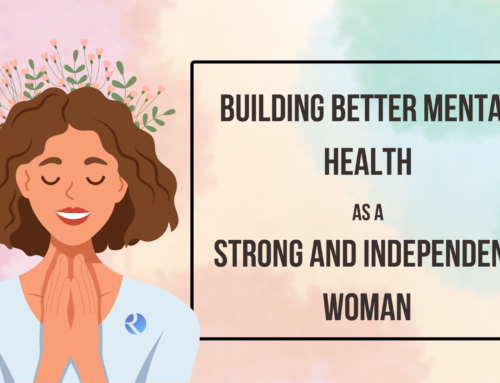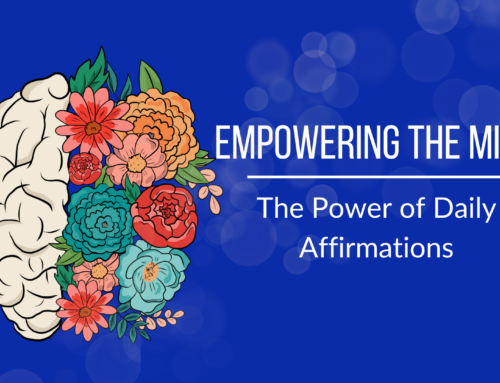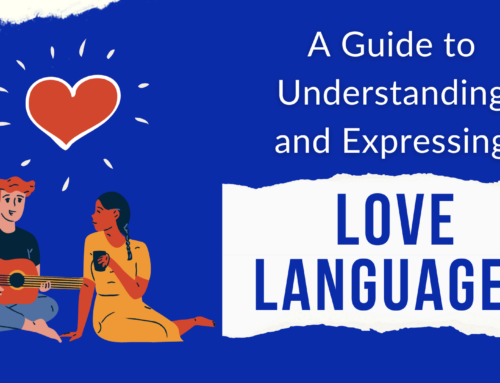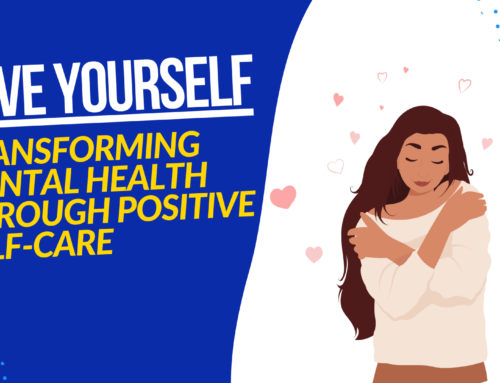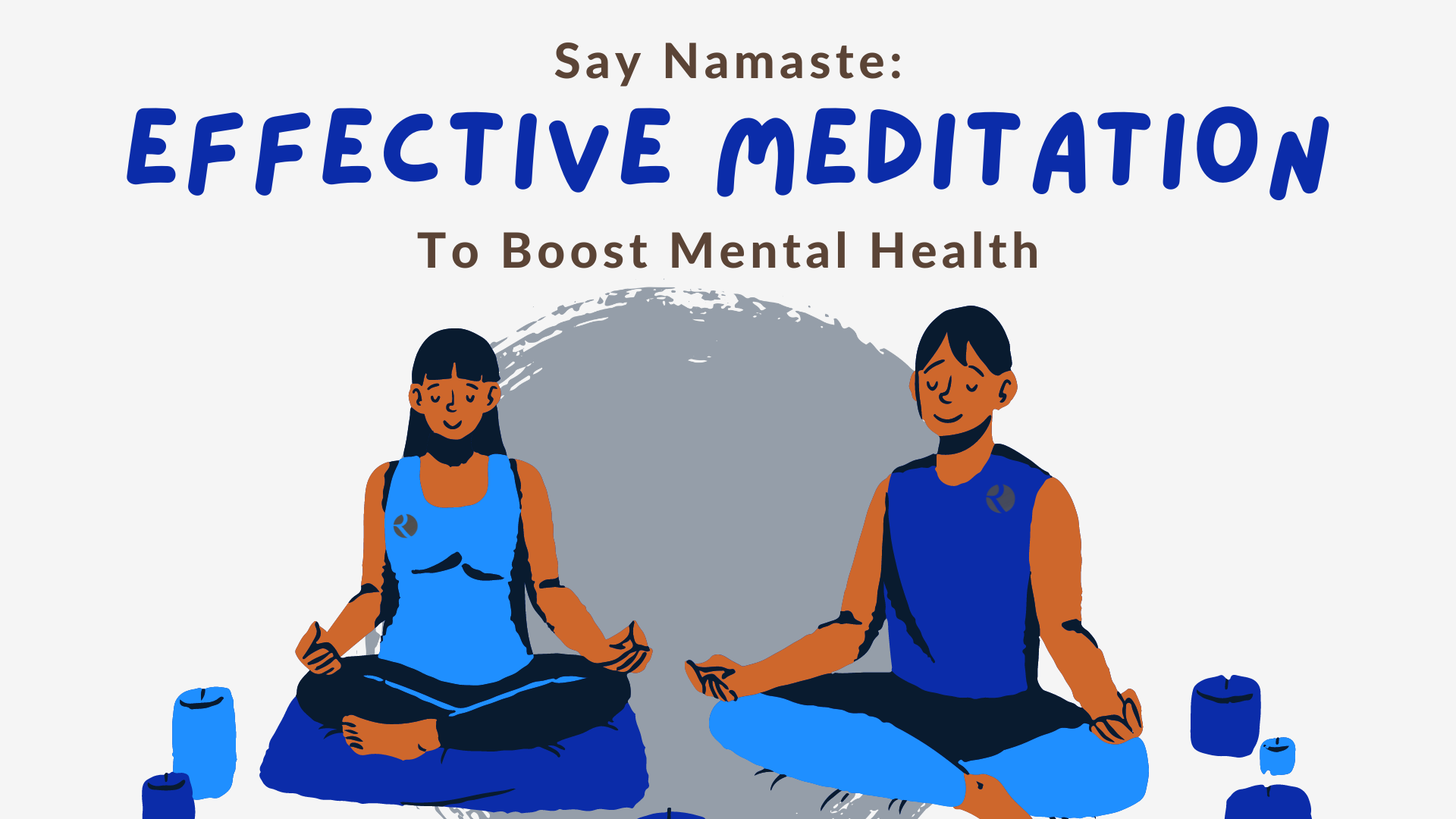
Do you agree with the saying, “Meditation and concentration are the way to a life of serenity”? This is a quote by Baba Ram Das, a previously prominent Harvard Psychologist, renowned spiritual teacher, and author. Baba Ram Dass is a proponent of meditation and encourages the practice of quieting the mind, achieving inner peace, and connecting with the divine. His book “Be Here Now” describes meditation as a way to be present at the moment and nurture awareness and mindfulness. He encouraged readers to explore different forms of meditation and significantly contributed to the popularization of meditation in the west.
Meditation is an eminent practice among people globally. As reported by TheGoodBody, the number of people practicing meditation has tripled over the last ten years, including children and adults. Globally, around 200 to 500 million people practice meditation. That’s about 6% of the worldwide population.
It is so popular that it has a month dedicated to its celebration. May is the designated National Meditation Month. During this time, meditators and aspiring ones do activities that help them get in touch with their mind, body, and soul. These activities may include learning new techniques, reading meditation books, or attending a meditation retreat.
Meditation promises to bring a sense of calm, peace, and balance to your life. Its popularity makes you wonder if it lives up to expectations. And if it does, how can it be incorporated into our lives? Let’s talk about that!
How Meditation Started
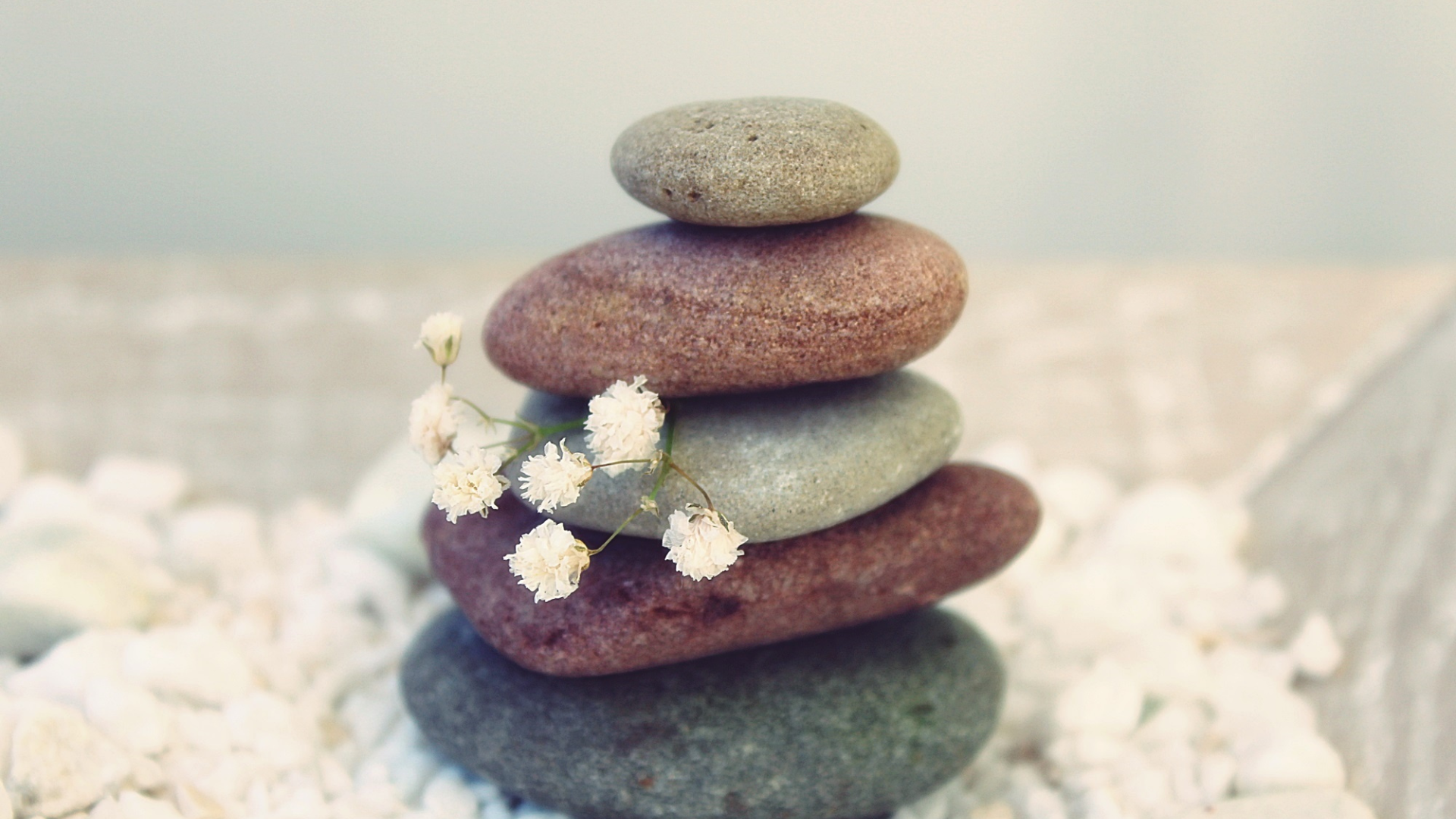
The word “meditation” emanates from the Latin term “meditatum,” meaning “to ponder.” This practice has been used for centuries to promote mindfulness, inner peace, and a deeper connection with our bodies and emotions.
It is unclear who created or invented meditation, and no one person can be credited with its invention. Its oldest recordings can be traced back to India, where evidence of the practice was discovered, dating as far back as 1500 BCE. The Hindu tradition of “Dhyāna or Jhāna,” which involved training the mind, was widely practiced in India and played a significant role in developing meditation as a discipline.
As the practice of meditation spread, it reached China during the 3rd to 6th centuries A.D. and later made its way to Western countries in the 18th to mid-20th centuries. Over time, the benefits of meditation have become increasingly recognized, and in the year 2000, meditation was subject to its first clinical trial as a form of medical practice. This trial marked a significant milestone in integrating meditation into western mainstream therapy and demonstrated the efficacy of this ancient practice in modern times.
Meditation and its Effects on our Overall Well-being
In 2012 a survey was conducted in the U.S. among 655 meditating adults to ask them a simple question. Why do you meditate? Results show that more than half meditated due to a desire for better sleep, 73% to achieve general wellness and disease prevention, and approximately 92% to relax and reduce stress.
These desired effects of meditation are not just based on anecdotal evidence but are also backed up by scientific research. Medical professionals acknowledge the positive impact meditation can have on our well-being and recommend incorporating it during treatment or therapy to speed up recovery. Here are a few examples of the effects of meditation on our overall well-being.
- Lowering resting heart rate
- Lowering resting blood pressure
- Improving sleep quality
- Reduced Rumination
- Increases Focus and Boost Memory
- Enhanced Cognitive Flexibility
- Stress Reduction
- Lesser Emotional Reactivity
- Gaining a new perspective on stressful situations
- Increases imagination and creativity
- Boosts patience and tolerance
- Increases self-awareness
How Meditation Boosts Mental Health

Meditation Can Help Reduce Stress. Cortisol, the primary stress hormone of our bodies, increases when we are exposed to danger or stressful situations. Exposure to stress repeatedly over time can damage our health. But, through the power of mindfulness and emotional regulation, meditation can help to soothe the mind and keep cortisol levels under control. This, in turn, reduces the negative effects of chronic stress on our bodies, making meditation an effective tool for maintaining optimal health and wellness.
Meditation Can Help Manage Anxiety. Feelings of fear, worry, and tension often characterize anxiety. Our modern world, with its fast-paced environment, can constantly put us in situations where we might feel anxious. Meditation reduces feelings of anxiety by slowing down racing thoughts and regulating breathing, which calms the nervous system. When we meditate, we focus on the present moment, which trains us to practice shifting our attention and direct the mind away from the worries that cause anxiety.
Meditation Can Help With Depression Management. For those struggling with depression, emotions can feel overwhelming and hard to control. Meditation guides individuals to step back from their emotions rather than get lost in them. A study found that participants who participated in a three-month yoga and meditation retreat showed significant improvement in their depression and increased stress resilience and overall well-being.
Meditation Helps Control Mood. Meditation can positively impact our emotional state and help us regulate our moods. Regular practice can help individuals change their emotional reactions to situations by promoting mindfulness and teaching controlled breathing techniques. This mindfulness helps prevent impulsive reactions, which can often escalate and lead to heightened emotional states, such as anger or panic. Over time, this can lead to a calmer and more stable emotional state.
Meditation Boosts Self-Awareness. By focusing on the present moment and observing one’s thoughts, meditation enables individuals to better understand themselves and their emotions. This increased self-awareness can help people identify patterns in their thoughts and behaviors, leading to a greater sense of control and understanding of their minds. Studies have shown that regular meditation practices can boost self-awareness and help regulate impulsivity, leading to better relationships with oneself and others.
It’s no surprise that meditation has become increasingly popular and widely embraced by the public and incorporated into their daily routines. People who regularly practice meditation often experience a positive impact on their physical, mental, and emotional health, which has further fueled its popularity and growth. The simplicity, versatility, and accessibility of meditation make it an attractive option for people of all ages, cultures, and backgrounds.
Meditation You Can Try At Home
There’s no doubt that meditation leaves you with a positive impact. If you’re considering meditation, you’ll find many different types you can try from the comfort of your home. Whether you’re seeking to reduce stress through mindfulness or looking for a physical practice to help with anxiety, there’s a type of meditation that will meet your specific needs.
- Mindfulness Meditation: This type of meditation involves directing one’s attention to the present moment while accepting and acknowledging feelings, thoughts, and physical sensations without judgment. It’s a combination of concentration and awareness and can be practiced alone. Mindfulness meditation may be performed by simply focusing on your breath, counting each inhale and exhale, and repeating this process when you reach the number 10. Alternatively, you can sit down and practice noticing the sensations each part of your body feels, starting at the top of your head and gradually working your way down to your toes.
- Focused Meditation: A type of meditation that involves focusing attention on a single point, such as the breath, a mantra, a sound, an image, or a physical object. Its goal is to train the mind to concentrate and avoid being distracted by external stimuli or internal thoughts. Examples of focused meditation include staring at a candle’s flame, counting mala beads, and chanting. You can start this by giving yourself a reasonable target time frame, such as three to five minutes.
- Mantra Meditation: A meditation that involves repeating a word, phrase, or sound, like “om,” to quiet the mind and reach more profound levels of awareness. To practice mantra meditation, repeat the chosen mantra silently or out loud, allowing it to be the focal point of your meditation. If your mind wanders, simply focus back on the mantra. Mantra meditation can be done for any length of time and can be practiced daily as part of a regular meditation practice.
- Progressive Relaxation: This meditation involves tightening and relaxing muscle groups or imagining a gentle wave flowing through the body. It begins by focusing on the feet and working your way up the body, tensing each muscle group for a few seconds before releasing the tension and allowing the muscles to relax. The focus is then moved to the next muscle group, which is repeated until every muscle group has been tensed and relaxed. The goal of progressive relaxation is to help the body release physical tension and promote a sense of calm and well-being.
- Visualization Meditation: A technique that uses imagination to create positive mental images and promote peace and relaxation. It can also be used to focus and increase motivation toward specific goals. When visualizing, the meditator closes their eyes and imagines a positive scene, image, or figure that could be anything from a peaceful beach to a positive figure. The intention is to create a vivid and immersive experience and allow the positive emotions associated with the visualization to wash over the meditator.
How To Start Your Meditation
If you’re still reading and want to start meditating, this part is perfect for you. Don’t be intimidated by the intricate meditation poses or the various types of meditation. Beginning a meditation journey is simple and achievable for anyone!
Start by finding a calm and quiet place to sit and make yourself comfortable. If you’re a beginner, start with a short time, like 5-10 minutes, and gradually increase as you get more comfortable with the practice. Pay attention to your body and find a stable posture that you can stay in for a while. Focus on the sensation of your breath as it goes in and out, and be kind to yourself when your mind inevitably wanders. Simply return your attention to your breath. When you’re ready or the timer stops, gently open your eyes, take a moment to notice your surroundings and how your body feels, and let the calm and clarity of your meditation carry into your day.
Consistency is key in meditation. Often, people meditate once or twice and get frustrated that they didn’t experience an immediate benefit. Be patient, and consistent in this process. First, aim for three to five days in a row meditating for five to ten minutes per day. Once you’ve gained some momentum, you can begin to set your sights higher and higher, eventually aiming for 20 minutes every day for 100 days straight. In addition to your daily practice, you can also take a few minutes throughout the day to meditate, which can help you break up the chaos of your everyday life and bring a sense of calm and clarity. Think: waiting in an office for an appointment, or in a coffee shop while the barista is working their magic. Remember, meditation can be practiced anywhere.
Meditation is a powerful tool for reducing stress and improving mental and emotional well-being. By setting aside time each day to focus on your breath and practice mindfulness, you can tap into the benefits of meditation and live a more balanced and fulfilled life.
References
Statistics-The good body: https://www.thegoodbody.com/meditation-statistics/
History/Origin: https://positivepsychology.com/history-of-meditation/#invented
https://www.apa.org/monitor/2012/07-08/ce-corner
https://www.forbes.com/health/mind/benefits-of-meditation/
https://www.nccih.nih.gov/health/meditation-and-mindfulness-what-you-need-to-know#:~:text=The%20results%20of%20the%20study,and%20overall%20quality%20of%20life.

